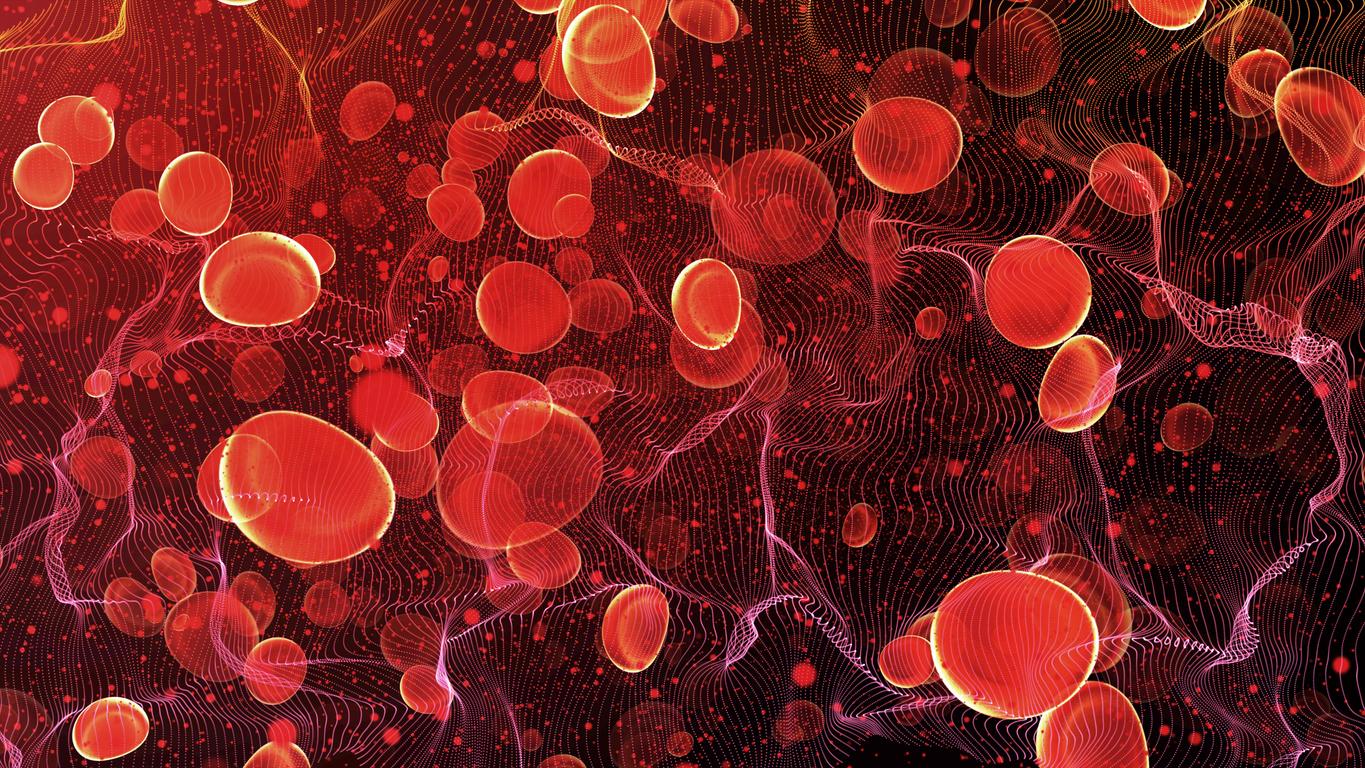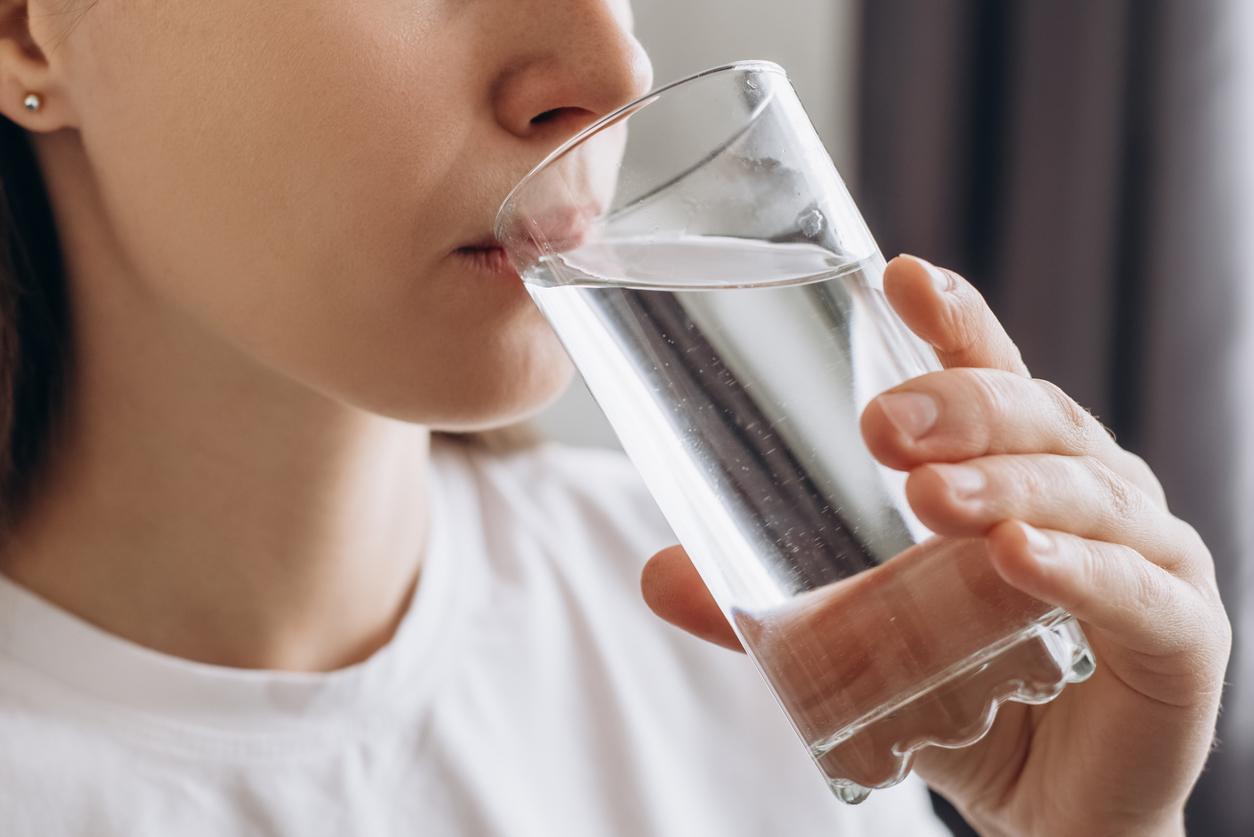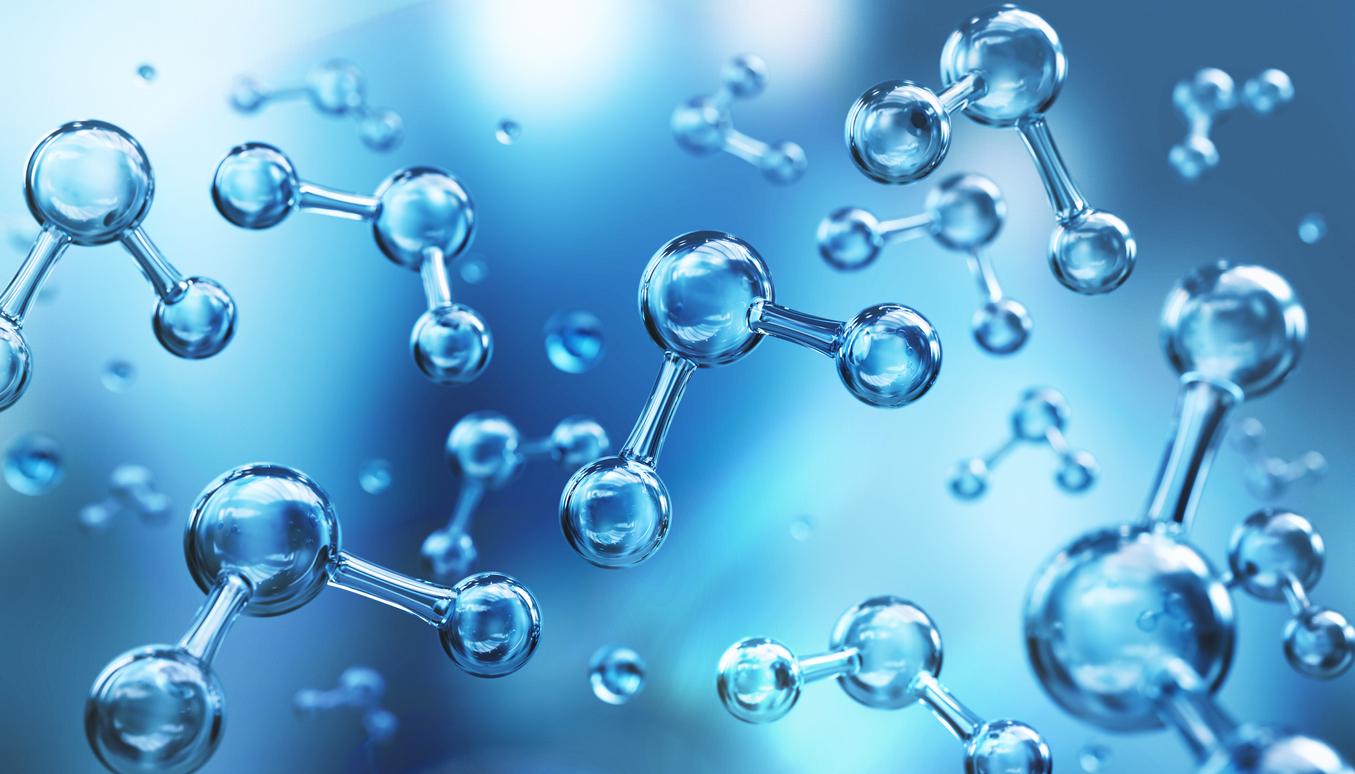American researchers are using gold to develop a new method of removing toxins from drinking water.

- In a study, scientists developed a metal-organic framework made of nickel and gold that removes pollutants from drinking water
- By coating the gold in the metal-organic framework, sunlight will react, resulting in oxidation of the microcystins.
- These toxins, which are produced by harmful algal blooms, are responsible for liver damage, kidney failure, gastroenteritis and allergic reactions in humans.
Around the world, billions of people do not have access to clean drinking water. In many regions, it is contaminated by feces. Pathogens are found there, causing diarrhea, cholera, dysentery, typhoid fever and poliomyelitis. In addition, concentrations of arsenic, fluoride, nitrate, but also pharmaceuticals, pesticides, per- and polyfluoroalkyl substances (PFAS) and microplastics in drinking water are found to be high, according to research. “For public health purposes, it is important to have ready access to safe water, whether for drinking, domestic use, food production or recreation,” noted the World Health Organization (WHO).
A gold-coated nickel metal-organic framework to remove pollutants from drinking water
Recently, scientists at the University of Central Florida (United States) studied the use of gold, a highly sought-after precious metal, to develop a new method for cleaner drinking water. . In detail, they used a metal-organic framework (MOF). “MOFs have been used as catalysts in many areas of research, such as hydrogen storage, carbon capture, electrocatalysis, biological imaging and sensing, semiconductors, and energy systems. drug administration”, explained Woo Hyoung Lee, who led the project.
In the frame Works, researchers used the metal-organic framework to eliminate harmful algal blooms (HABs). As a reminder, these microorganisms appear when algae colonies grow out of control and produce toxic or harmful effects on fish, birds and other living creatures. The team arranged for the gold to be coated within the metal-organic framework, which will help it respond to sunlight. This reaction, known as “photocatalysis”, will cause microcystins (toxins produced by harmful algae blooms) to be oxidized and removed from the water. Microcystins are known to cause liver damage, kidney failure, gastroenteritis and allergic reactions in humans.
“Drinking water is a fundamental right”
“Drinking water is not just a necessity, it is a fundamental right. By leveraging innovative nanotechnologies for water treatment, we not only remove toxins, we also protect health and the well-being of our communities, thereby ensuring a brighter and healthier future for all”, concluded Woo Hyoung Lee.
















